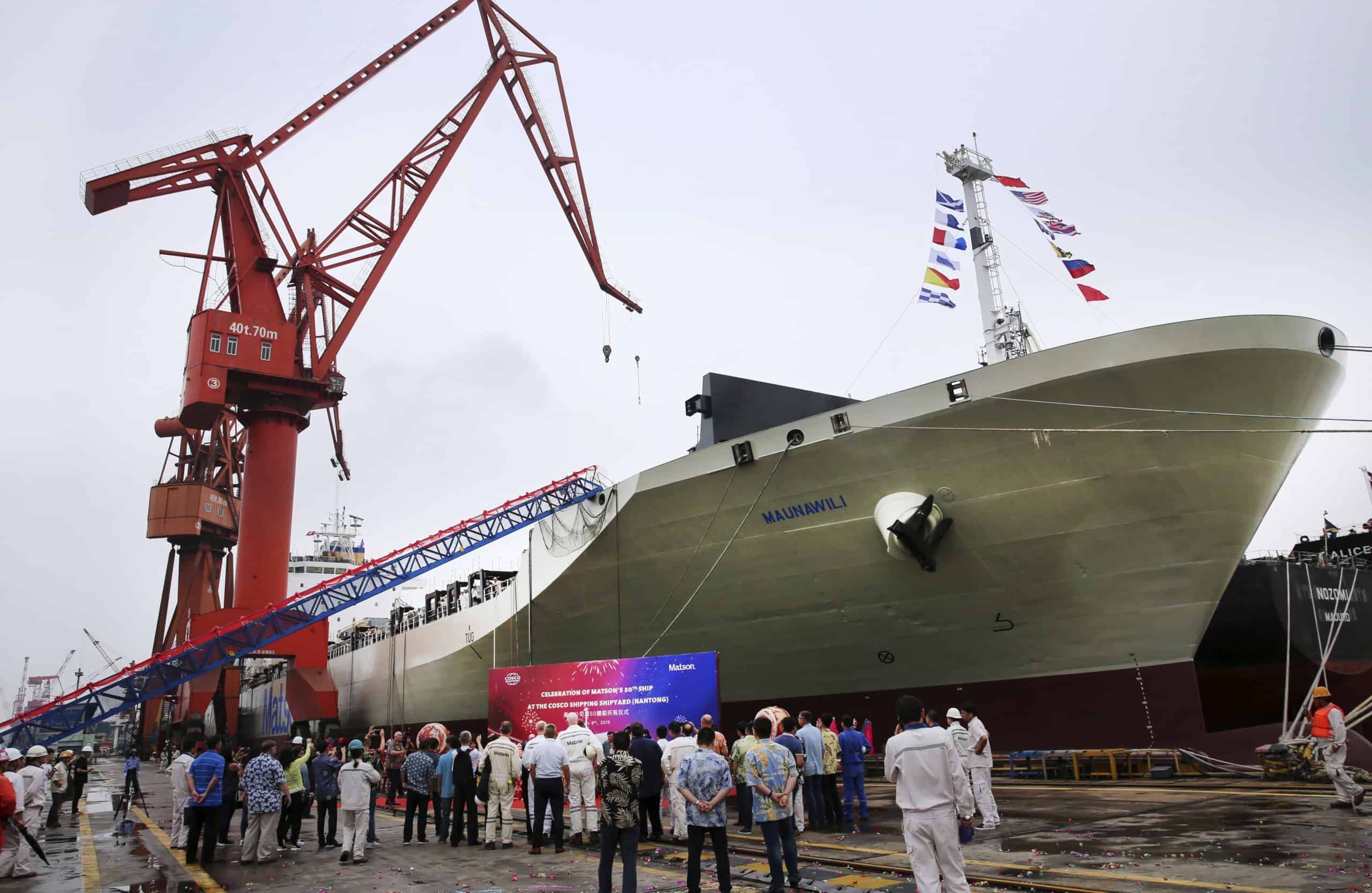Gummed-up global supply chains may be a headache for consumers and economic policy makers trying to tame inflation. For the world’s shipbuilding industry, they are proving to be a boon — particularly in China.
It’s already a bumper year for this globally dominant area of Chinese industry, with newly received ship orders up by more than 200 percent in the first three quarters of this year, according to data from the China Association of the National Shipbuilding Industry. Such figures ar
Subscribe or login to read the rest.
Subscribers get full access to:
- Exclusive longform investigative journalism, Q&As, news and analysis, and data on Chinese business elites and corporations. We publish China scoops you won't find anywhere else.
- A weekly curated reading list on China from Andrew Peaple.
- A daily roundup of China finance, business and economics headlines.
We offer discounts for groups, institutions and students. Go to our
Subscriptions page for details.
Includes images from Depositphotos.com


